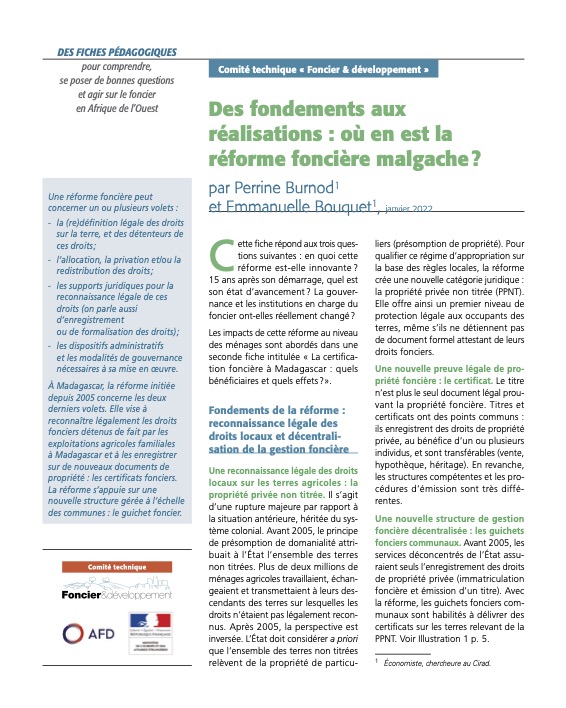Tchad - Analyse des Contraintes et Opportunités pour le Développement du Sous-Secteur Agricole : Version Compléte
Cette revue du sous-secteur agricole du Tchad fait le point sur l'état des connaissances, les principales lacunes et les développements récents concernant les contraintes du secteur et propose des actions politiques et des leviers pour la transformation structurelle venir du secteur. Tout dlabord, la revue examine les possibilités de développement futur des chaines de valeur des cultures de rente et de base les plus importantes au Tchad.











